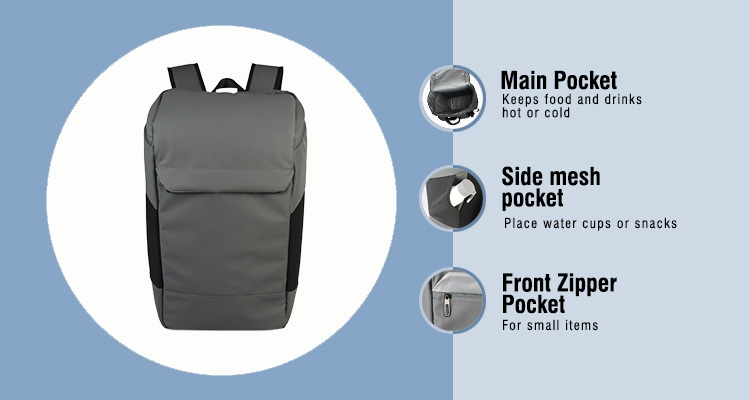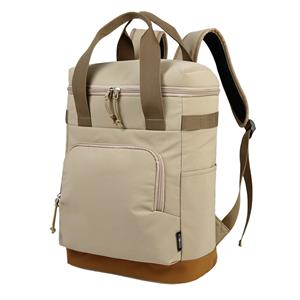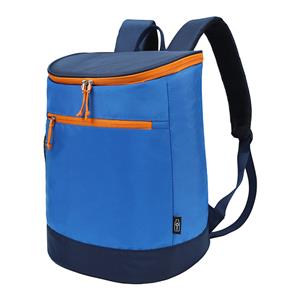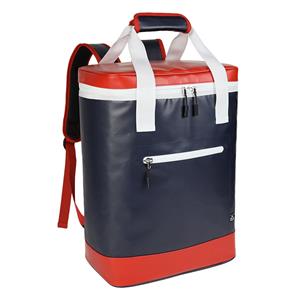Outdoor Coolers: Mastering the Elements
Stepping into the outdoors is an invitation to embrace the elements in all their unpredictability. Sun, wind, rain, and temperature fluctuations create a dynamic environment that outdoor coolers must navigate with precision and reliability. The best outdoor coolers are engineered not just to withstand these elements but to harness their principles in the service of temperature control, transforming the challenges of nature into opportunities for enhanced outdoor living.

At the heart of this mastery is the science of thermodynamics, which outdoor coolers utilize through innovative insulation systems. Advanced coolers employ multi - layered insulation strategies that address all modes of heat transfer. The primary barrier is a thick layer of high - density polyurethane foam, which reduces conductive heat transfer by creating a dense matrix of cells that impede the flow of heat. Overlaid on this may be vacuum - insulated panels that virtually eliminate conductive and convective heat transfer by removing the air medium through which heat typically travels. Reflective materials, such as aluminum - foiled insulation, are incorporated to reflect radiative heat, preventing the penetration of infrared radiation from the sun or the loss of internal cold.
This layered approach creates a micro - climate within the cooler, a sanctuary of controlled temperature amidst the external chaos. For instance, in the intense heat of a desert camping trip where temperatures can exceed 100°F (38°C), a well - insulated cooler can maintain its internal temperature near 40°F (4°C) for days, preserving perishables and providing a reliable source of hydration. Similarly, in colder climates where the risk of contents freezing is a concern, the same insulation principles work in reverse, preventing external cold from penetrating and maintaining a stable environment suitable for temperature - sensitive items like certain medications or prepared foods that require specific storage conditions.
The construction materials of outdoor coolers are selected for their ability to complement and protect this thermal performance. High - quality coolers feature exteriors made from impact - resistant plastics, fiberglass, or even composite materials that combine strength with lightweight properties. These materials not only shield the insulation layers from physical damage but also provide an additional barrier against moisture and the elements. Reinforced corners and edges enhance durability in situations where the cooler might be dropped or subjected to rough handling during transport.
The design of the cooler's opening mechanism is another critical element in mastering the elements. Airtight seals, often achieved through compression gaskets or magnetic closures, ensure that when the cooler is closed, it creates a nearly impermeable barrier against external air infiltration. This is particularly important in windy conditions, where even a slight gap can allow warm air to rush in and compromise the internal temperature. Some coolers feature lid locks that maintain this seal under various conditions, including颠簸的运输 or when the cooler is partially filled and subject to shifting contents.
For outdoor enthusiasts who frequent water - based environments, such as kayakers, canoeists, or boaters, the cooler's relationship with water is paramount. Waterproof coolers are designed to prevent water ingress through sealed compartments, drain plugs that can be opened to remove any accumulated water, and materials that resist corrosion from saltwater exposure. The ability to float is an added advantage in these scenarios, ensuring that the cooler and its contents remain accessible even if accidentally submerged. Some models incorporate drainage systems that allow for the quick release of water without tipping the entire cooler, a practical feature for managing condensation or accidental splashes.
The human - centered design of outdoor coolers further enhances their functionality in elemental conditions. Ergonomic handles and transport systems enable easier carrying over uneven terrain or long distances. For example, coolers designed for backpacking feature integrated straps that can be attached to a backpack frame, distributing the weight more evenly and reducing fatigue during transit. The placement of handles on multiple sides of larger coolers allows for team - lifting, making it easier to maneuver the cooler into vehicles or across challenging landscapes.
When evaluating how outdoor coolers interact with the elements, it's also important to consider their role in emergency situations. In remote outdoor settings, a cooler can serve as a temporary storage for first - aid supplies, emergency rations, and water purification tablets, all of which require protection from the elements to remain effective. Its insulation properties can also be repurposed to help maintain body temperature in cases of hypothermia, by using the cooler to store warming materials close to the body.
The evolution of outdoor coolers continues as technology advances and our understanding of environmental interactions deepens. Smart coolers equipped with temperature sensors and remote monitoring capabilities allow users to adjust and maintain optimal conditions even from a distance, a significant advantage in situations where the cooler might be stored separately from the main activity area. Solar - powered cooling systems are emerging as a sustainable solution, enabling coolers to actively maintain lower temperatures without reliance on ice or traditional power sources, making them suitable for extended expeditions in areas with limited resources.
As outdoor enthusiasts push the boundaries of where they venture, the outdoor cooler evolves alongside them, not merely as a passive container but as an active participant in the adventure. It adapts to the elements, protects its contents, and enables comfort and safety in environments where these are not guaranteed. In mastering the elements, the outdoor cooler becomes an indispensable tool that empowers us to explore further, stay longer, and return refreshed, with stories of nature's beauty and our place within it.





